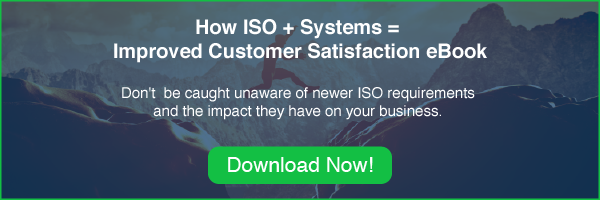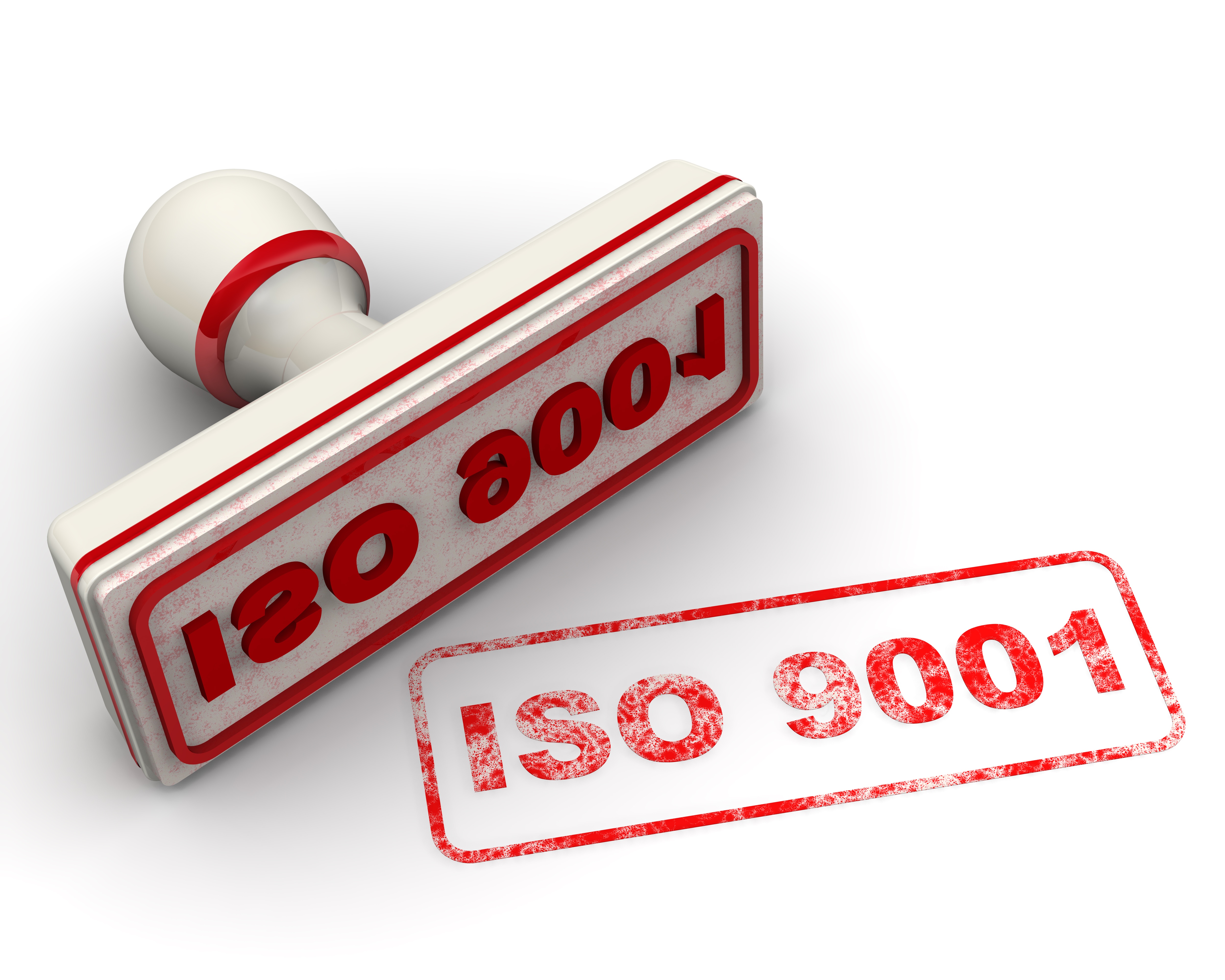The ISO 9000 family of quality management systems standards was designed to help organizations meet the needs of customers and stakeholders while also meeting statutory and regulatory product requirements. We've talked about revisions before, and recently there have been other beneficial changes.
So, what do these benefits include? Here are just a few...
- Consistency and compatibility across all standards
- Reduced conflict and duplication from different management system standards
- Easy migration from system to system
- Minimized replication of documentation
Moving forward, all new ISO management standards will use the new ISO 9001:2015. Those using the current standards will be required to migrate at their next revision.
Let’s take a look at some of the key changes...
 Clause 4: Context of the Organization
Clause 4: Context of the Organization
This revision addresses new requirements for organizations to determine internal and external issues (legal, technological, competition, social, economic, etc.), as well as the needs and expectations of “interested parties” (stakeholders); risks and opportunities must also be determined. Having a quality manual is no longer a requirement.
Clause 5: Leadership
This clause still focuses on leadership and commitment, quality policies, and organizational roles and responsibilities. However, the previously listed objectives and the Management Review have been moved to other clauses; the requirement for a Management Representative has also been removed.
Clause 6: Planning for Management System
New requirement to integrate into the QMS actions must now address risks and opportunities. Quality objectives have been expanded to include what will be done, what resources will be required, who will be responsible, and when it will be completed (inclusive of an evaluation of results).
Clause 7: Support
Revisions to this clause include resource management, control of monitoring/measuring equipment, and control of documented information (previously referred to as documents and records). It also includes new requirements for external communication, with extra emphasis on intellectual knowledge and knowledge gaps.
Clause 8: Operation
This clause now covers product realization, and the current purchasing clause has been reworded to “control of externally provided products and services.” It also includes new requirements to address unplanned changes that can potentially impact production or service provisions.
Clause 9: Performance Evaluation
This clause now includes measurement, analysis, and improvement in combination with the current management review requirements.
Clause 10: Improvement
Clause 10 now includes the remainder of clause 8 (Operations), and preventive action has been deleted in favor of additional references to risk management requirements and actions.
Okay – so what does this mean for my business?
Take time to speak with your certification auditor to ensure that you’re fulfilling all of the necessary ISO requirements and map out a transition plan to better manage the process of achieving an ISO 9001:2015 certification. Communication will be an essential component of this process, so be sure to discuss current and future changes with all interested parties to ensure a smooth transition.
Does your business need assistance with workflow and document solutions to meet the new ISO standards? The ERP experts at Acuity would love to hear more about your current business and help you implement strategies tailored to your business needs! Contact us today for more information.





